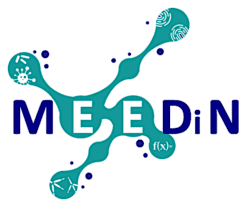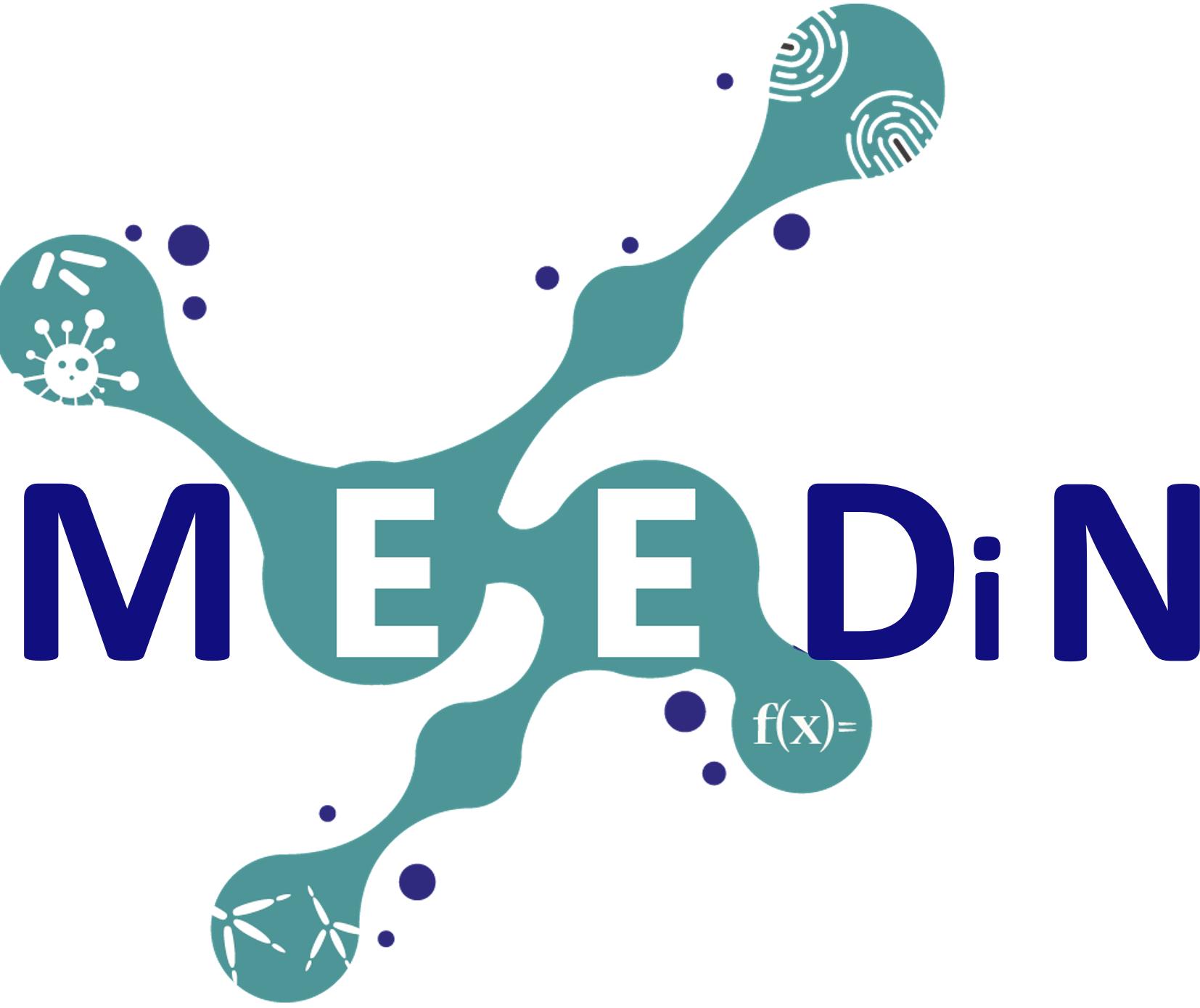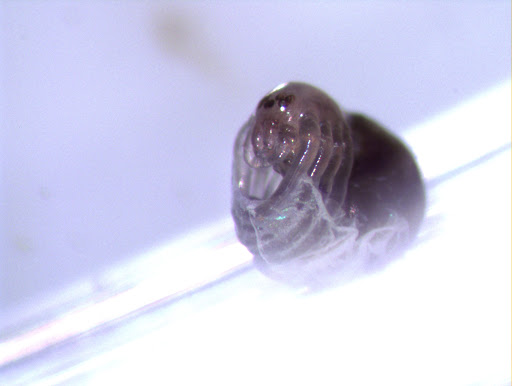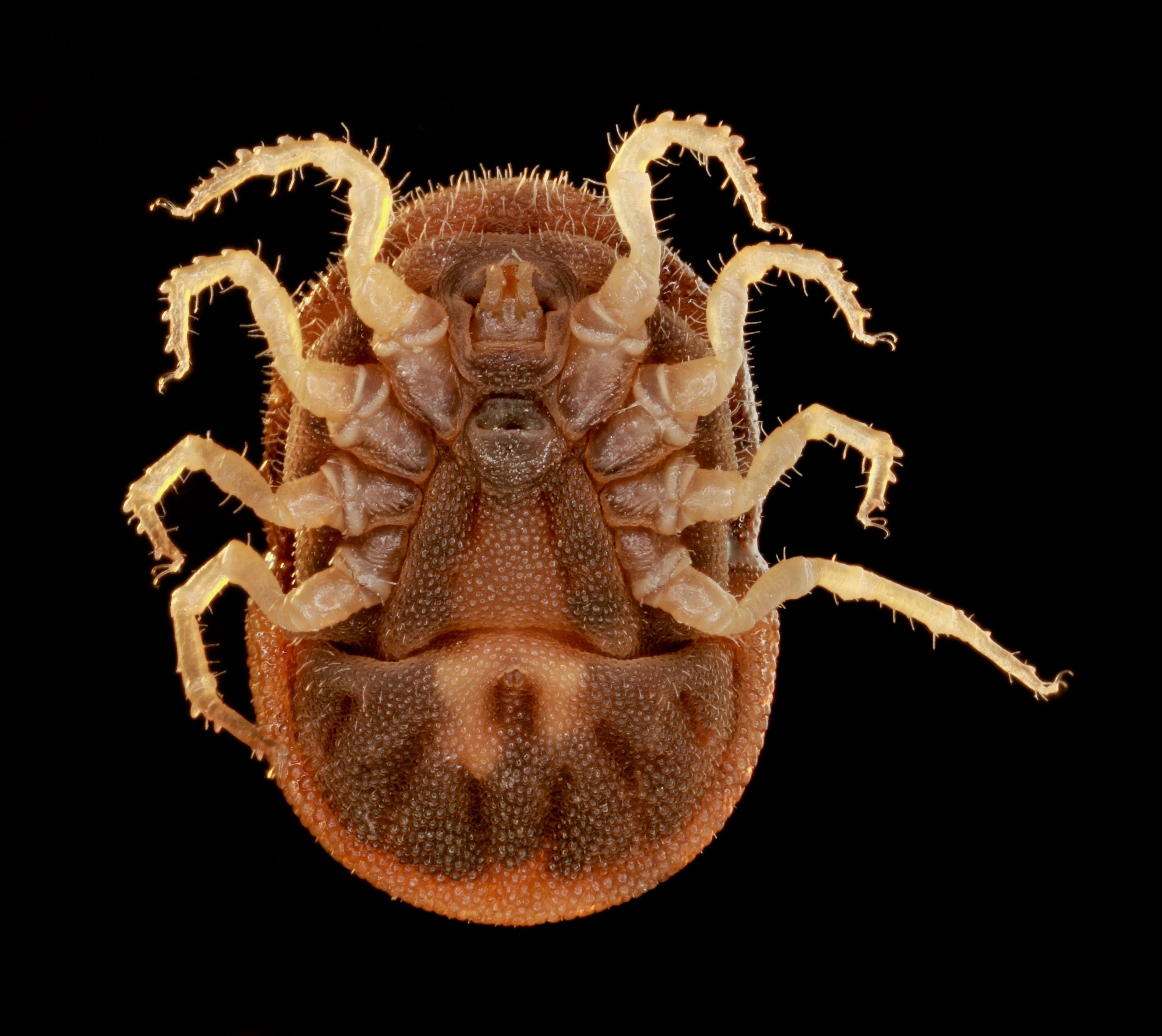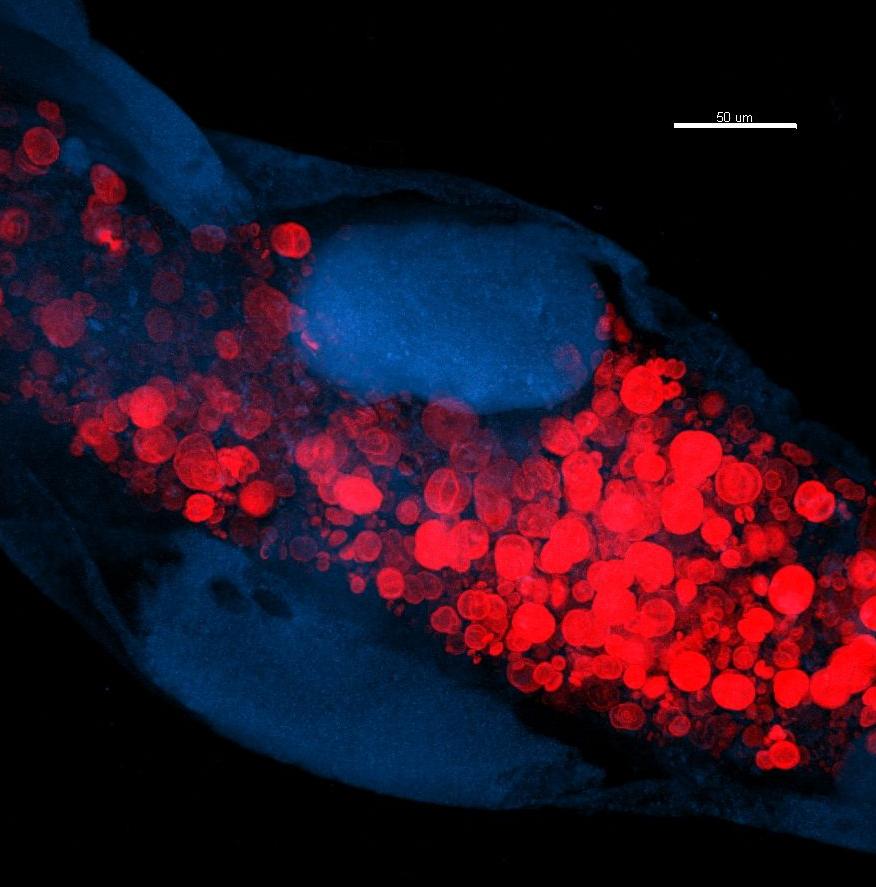Mutualism with microbes is one of the keys to the origins of complex life on Earth. Beneficial microbes play functional roles in metabolism, nutrition, immunity and adaptability of macro-organisms. Microbes are metabolically diverse, as compared to macro-organisms, and have biochemical abilities that macro-organisms have not. Over evolutionary time, mutualistic interactions have yielded the mitochondrion and the chloroplast — the ancient organelles that in part define eukaryotic life — along with many more recent associations involving a wide variety of hosts and microbial partners. The macroevolutionary and ecological consequences of acquiring beneficial symbionts are immense, ranging from adaptive radiations for the hosts to radical changes of ecosystems. Indeed, symbiont-dependent sap-feeding insects were among the first herbivores to exploit vascular plants and include highly successful clades such as aphids, whiteflies, psyllids, etc, each with thousands of current species. Many other animal lineages as diverse as ticks and ruminants would also simply not exist without mutualistic interactions with microbes.
Nowadays, mutualistic host-microbe relationships are often envisioned as stable associations that appear cooperative and persist for extremely long periods of time. However, receiving less attention are potential negative consequences of these symbiotic alliances. This dark site of mutualistic symbioses may notably explain how they sometimes break down but also how they are further reborn. To date, the mechanisms driving the extinction of ancestral, coevolved, symbionts and their ultimate replacement by foreign, non-coevolved, symbionts remain poorly understood. In the MICROM project, we explore how mutualistic relationships are built, maintained, and extinguished by conflict-ridden interaction using ticks as ideal biological models. Ticks exclusively feed on blood but this is a nutritionally unbalanced diet: to avoid nutritional deficiency, all ticks harbor symbionts producing B vitamins. This B vitamins supplementation by symbionts is critical for their growth, reproduction and survival, but the origin of these symbionts vary substantially between tick taxa. Recent phylogenetic reconstructions found evidence for symbiont replacements during the radiation of ticks, with recent, and probably ongoing, invasions by foreign symbionts and subsequent extinctions of ancestral B vitamin provisioning symbionts.
We test here the hypothesis that hosts and symbionts can enter into an evolutionary spiral that leads to the evolution of developmental dependence beyond the original benefits of the symbiosis and to irreversible codependence and associated risks. We notably conjecture that competition between symbionts with similar metabolic capabilities is a central force in the dynamics of mutualistic symbiotic interactions. We examine these mechanisms through a comparative approach between ticks (and tick cells) either naturally infected by their co-evolved symbionts or artificially co-infected with foreign symbionts. The characterization of phenotypes and competitive outcomes, along with extensive genomics and transcriptomics, will reveal the mechanisms destabilizing co-evolved mutualistic interactions. Beyond its fundamental importance in evolutionary ecology, understanding how ticks adapt to a blood feeding lifestyle is essential to understand the biology of these major disease vectors and, possibly, to develop novel control strategies.
CURRENT TEAM MEMBERS
Endosymbiotic systems in ticks
Funded by the CEBA-GUYAVEC project
Funded by the ANR-MICROM project
PAST TEAM MEMBERS
CURRENT PROJECTS

Main collaborators: Fabrice Vavre (LBBE, Lyon), Didier Bouchon (EBI, Poitiers), Vincent Delafont (EBI, Poitiers), Valérie Noël (MIVEGEC, Montpellier)
learn more ...

Main collaborators: Jérôme Murienne (EDB, Toulouse), Benoit de Thoisy (IPG, Cayenne), Denis Blanchet (EPAT, Cayenne), David Touboul (ICSN, GIf-sur-Yvette), Christine Chevillon (MIVGEC, Montpellier), Karen McCoy (CREES, MIVEGEC, Montpellier)
learn more ...
Traditional considerations of disease dynamics have been largely limited to one host-one parasite systems. However, we now recognize that pathogens commonly interact with a diversity of hosts (including humans, domestic/commensal/wild animals and arthropod vectors) and resident micro-organisms, all of which can influence the transmission dynamics of infectious disease. Indeed, we have recently shown that ticks cannot digest blood meals, and thus transmit infectious agents, without the presence of intracellular bacterial symbionts. Likewise, many vectors are considered host generalists (i.e. feeding on a range of host types) when modeling pathogen circulation. However, patterns of host use frequently diverge from that expected based on host availability, greatly modifying the quality of predictions on vector-borne disease dynamics. These biological traits, micro-organisms and host use, can be linked as vector microbial communities (including pathogens) depend on and can constrain host use. However, to date, little consideration has been given to the epidemiological importance of this link. The GUYAVEC project aims to fill this void by evaluating the impact of vector evolutionary ecology on the circulation of infectious diseases in French Guiana (South America). In particular, we focus on two mechanisms that can alter disease dynamics, 1) structure of the vector microbiome and the nature of interactions within this microbial community, and 2) host specialization in vectors, its link with the microbial community and its impact on transmission pathways. We consider two types of vectors that are commonly encountered in French Guiana and considered as host generalists: ticks (Acari) responsible for several bacterial diseases (Rickettsiosis, Anaplasmosis, Borreliosis, etc), and kissing bugs (Hemiptera), responsible for the transmission of Chagas disease. Overall, our community-level approach open new and essential avenues for understanding the major ecological drivers of emerging infectious diseases, particularly importance given expected shifts in biological interactions under the influence of global change.
RELEVANT PUBLICATIONS Click here for the full list
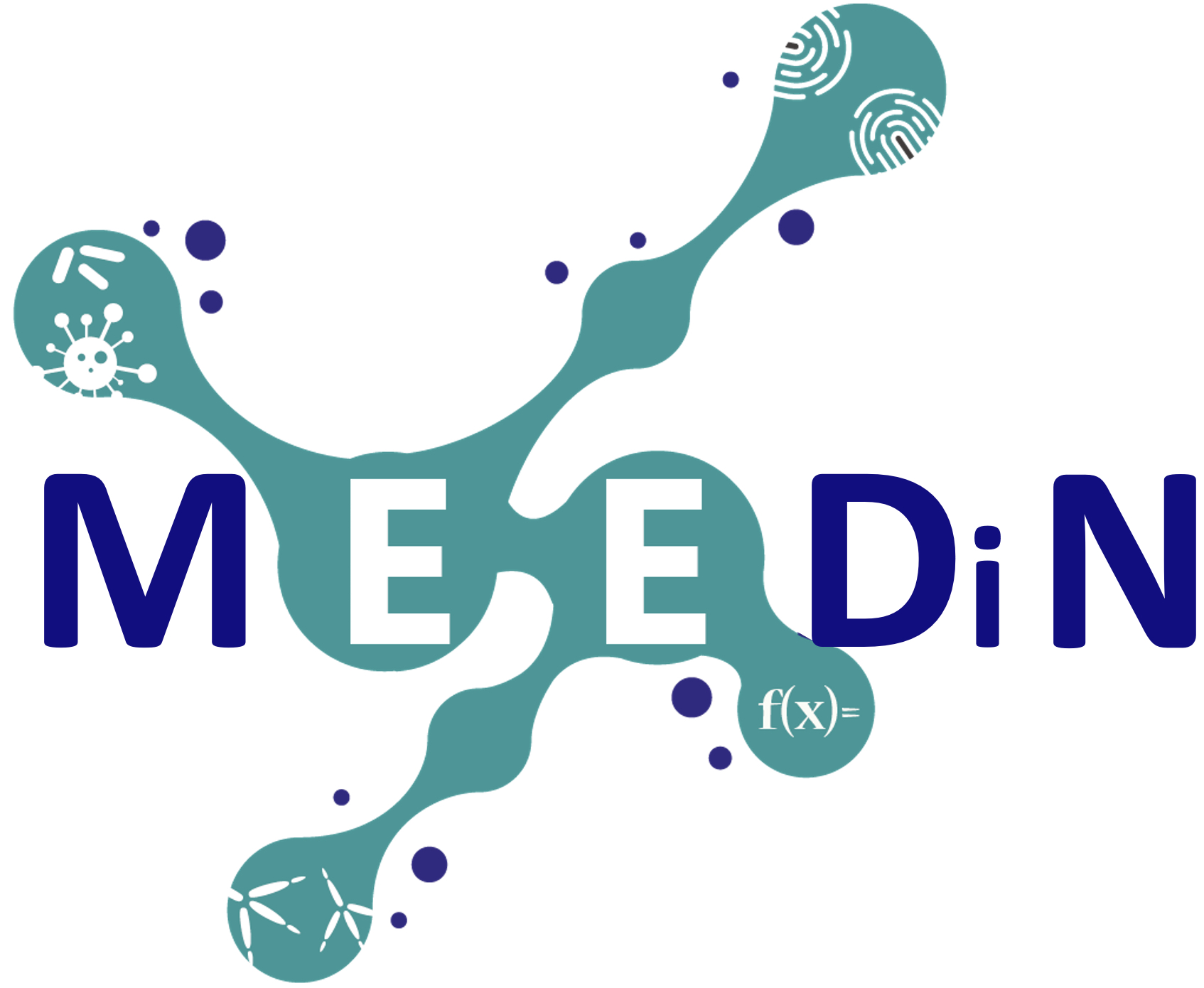
Cell
click for abstract ...
A recent published in Cell reported major discoveries on genetic basis of hematophagy and vector capacities in ticks. Our re-examination of the tick metagenomic datasets shows that nutritional endosymbionts required for hematophagy were also widely present. They were misidentified as tick-borne pathogens, indicating that the risk of infection associated with ticks was lower that initially stated.
Read more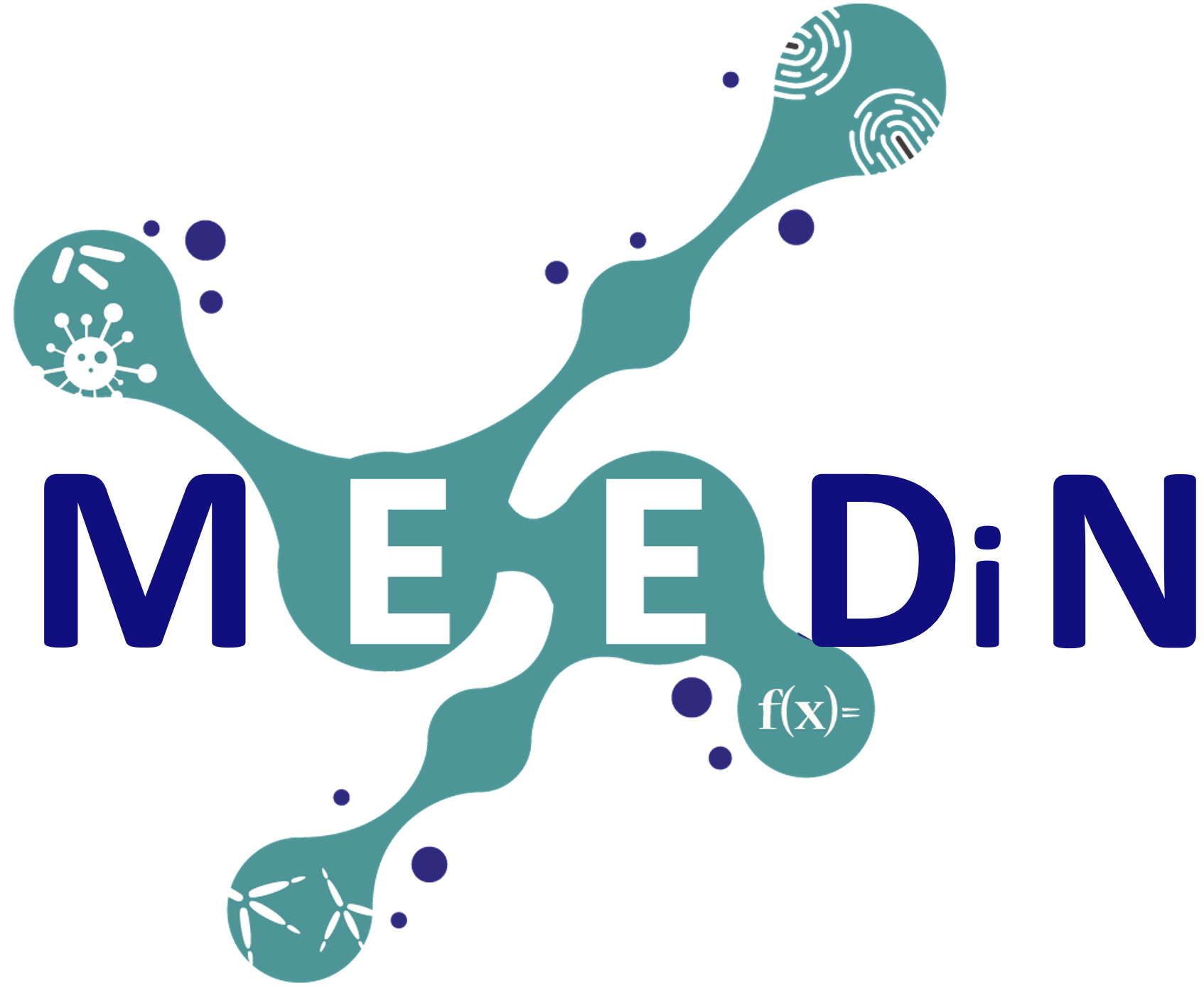
Trends in Parasitology
click for abstract ...
Symbiosis with intracellular or gut bacteria is essential for the nutrition of animals with an obligate blood-feeding habit. Divergent bacterial lineages have independently evolved functional interactions with obligate blood feeders, but all converge to an analogous biochemical feature: the provisioning of B vitamins. Although symbionts and blood feeders coevolved interdependently for millions of years we stress that their associations are not necessarily stable. Ancestral symbionts can be replaced by recently acquired bacteria with similar biochemical features, a dynamic that emerges through a combination of phylogenetic and ecological constraints. Specifically, we highlight the lateral transfer of a streamlined biotin (B7 vitamin) operon, and conjecture that its extensive spread across bacterial lineages may drive the emergence of novel nutritional symbioses with blood feeders.
Read more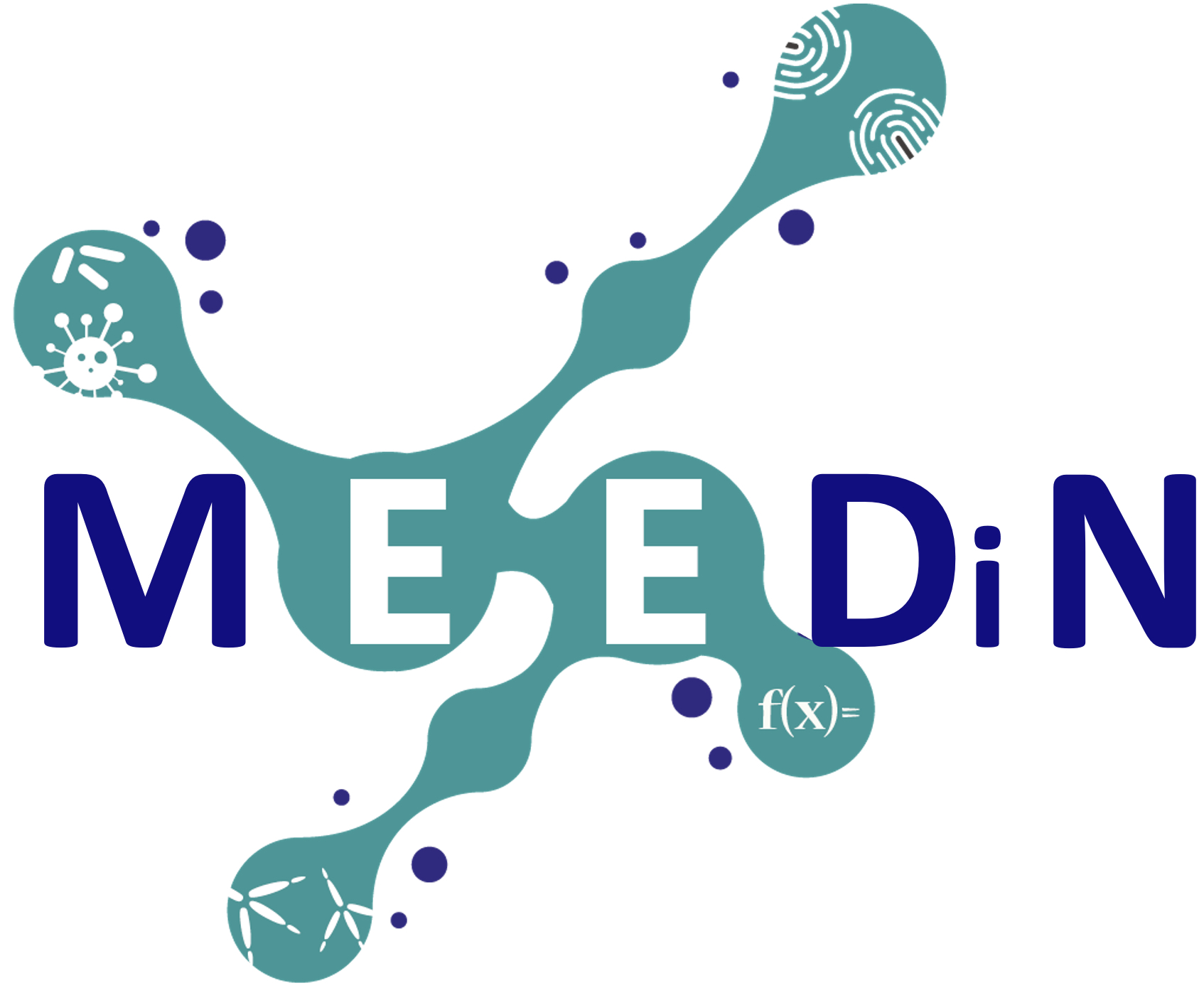
Molecular Ecology
click for abstract ...
Mutualistic interactions with microbes have facilitated the adaptation of major eukaryotic lineages to restricted diet niches. Hence, ticks with their strictly blood‐feeding lifestyle are associated with intracellular bacterial symbionts through an essential B vitamin supplementation. In this study, examination of bacterial diversity in 25 tick species of the genus Amblyomma showed that three intracellular bacteria, Coxiella‐like endosymbionts (LE), Francisella‐LE and Rickettsia, are remarkably common. No other bacterium is as uniformly present in Amblyomma ticks. Almost all Amblyomma species were found to harbour a nutritive obligate symbiont, Coxiella‐LE or Francisella‐LE, that is able to synthesize B vitamins. However, despite the co‐evolved and obligate nature of these mutualistic interactions, the structure of microbiomes does not mirror the Amblyomma phylogeny, with a clear exclusion pattern between Coxiella‐LE and Francisella‐LE across tick species. Coxiella‐LE, but not Francisella‐LE, form evolutionarily stable associations with ticks, commonly leading to co‐cladogenesis. We further found evidence for symbiont replacements during the radiation of Amblyomma, with recent, and probably ongoing, invasions by Francisella‐LE and subsequent replacements of ancestral Coxiella‐LE through transient co‐infections. Nutritional symbiosis in Amblyomma ticks is thus not a stable evolutionary state, but instead arises from conflicting origins between unrelated but competing symbionts with similar metabolic capabilities.
Read more
Scientific Reports
click for abstract ...
Lyme disease (LD) and relapsing fevers (RF) are vector-borne diseases caused by bacteria of the Borrelia genus. Here, we report on the widespread infection by a non-described Borrelia species in passerine-associated ticks in tropical rainforests of French Guiana, South America. This novel Borrelia species is common in two tick species, Amblyomma longirostre and A. geayi, which feed on a broad variety of neotropical mammal and bird species, including migratory species moving to North America. The novel Borrelia species is divergent from the LD and RF species, and is more closely related to the reptile- and echidna-associated Borrelia group that was recently described. Genome sequencing showed that this novel Borreliasp. has a relatively small genome consisting of a 0.9-Mb-large chromosome and an additional 0.3 Mb dispersed on plasmids. It harbors an RF-like genomic organization but with a unique mixture of LD- and RF-specific genes, including genes used by RF Borrelia for the multiphasic antigen-switching system and a number of immune-reactive protein genes used for the diagnosis of LD. Overall, our data indicate that this novel Borrelia is an intermediate taxon between the LD and RF species that may impact a large host spectrum, including American mammals. The designation “Candidatus Borrelia mahuryensis” is proposed for this species.
Read more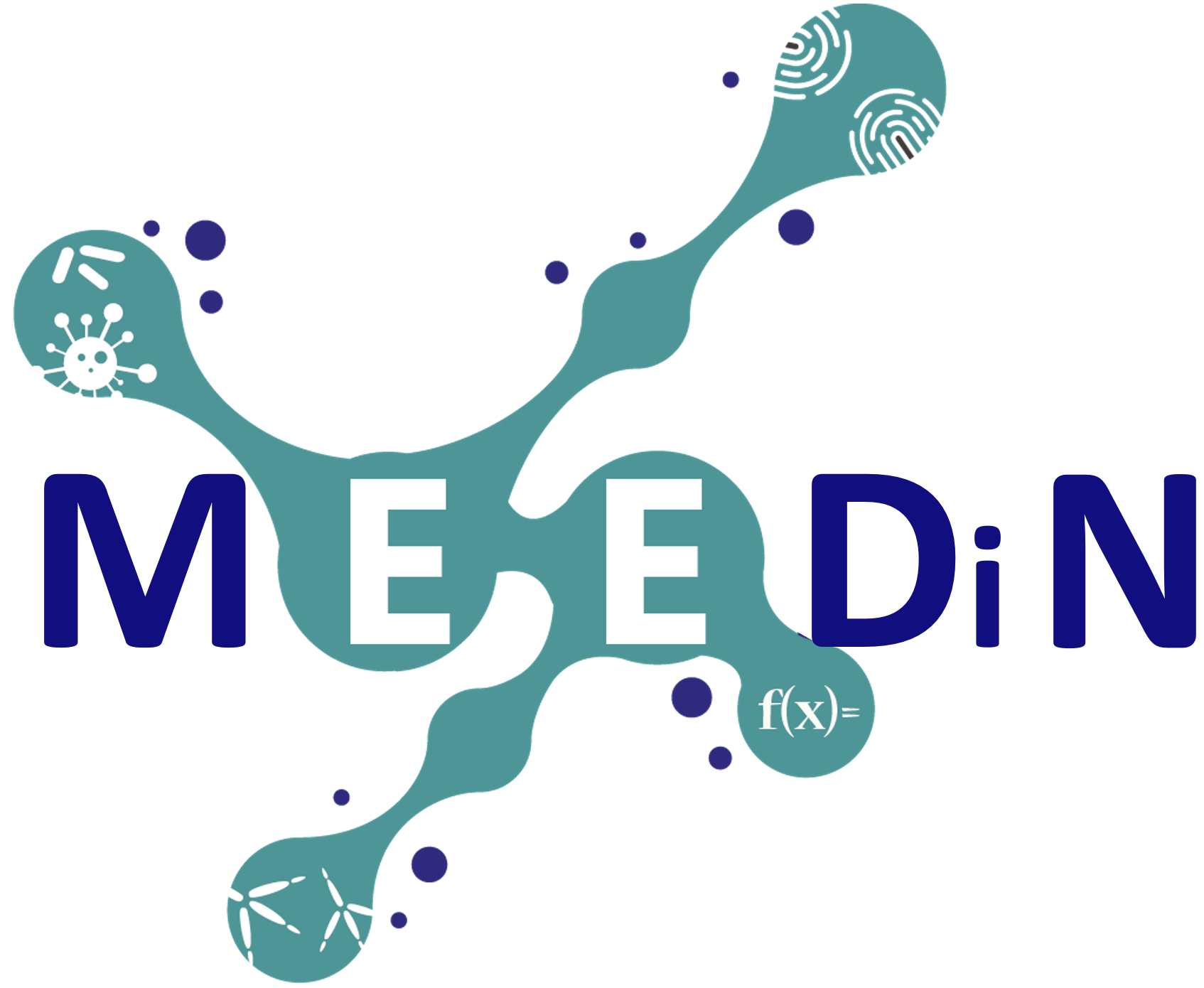
Current Biology
click for abstract ...
Mutualistic interactions with microbes have facilitated the radiation of major eukaryotic lineages. Microbes can notably provide biochemical abilities, allowing eukaryotes to adapt to novel habitats or to specialize on particular feeding niches. To investigate the importance of mutualisms for the exclusive blood feeding habits of ticks, we focused on a bacterial genus of medical interest, Francisella, which is known to include both virulent intracellular pathogens of vertebrates and maternally inherited symbionts of ticks. Through a series of physiological experiments, we identified a Francisella type, F-Om, as an obligate nutritional mutualist in the life cycle of the African soft tick Ornithodoros moubata. Francisella F-Om synthesizes B vitamins that are deficient in the blood meal of ticks. Indeed, experimental elimination of Francisella F-Om resulted in alteration of tick life history traits and physical abnormalities, deficiencies which were fully restored with an oral supplement of B vitamins. We also show that Francisella F-Om is maternally transmitted to all maturing tick oocytes, suggesting that this heritable symbiont is an essential adaptive element in the life cycle of O. moubata. The Francisella F-Om genome further revealed a recent origin from a Francisella pathogenic life style, as observed in other Francisella symbionts. Though half of its protein-coding sequences are now pseudogenized or lost, Francisella F-Om has kept several B vitamin synthesis pathways intact, confirming the importance of these genes in evolution of its nutritional mutualism with ticks.
Read more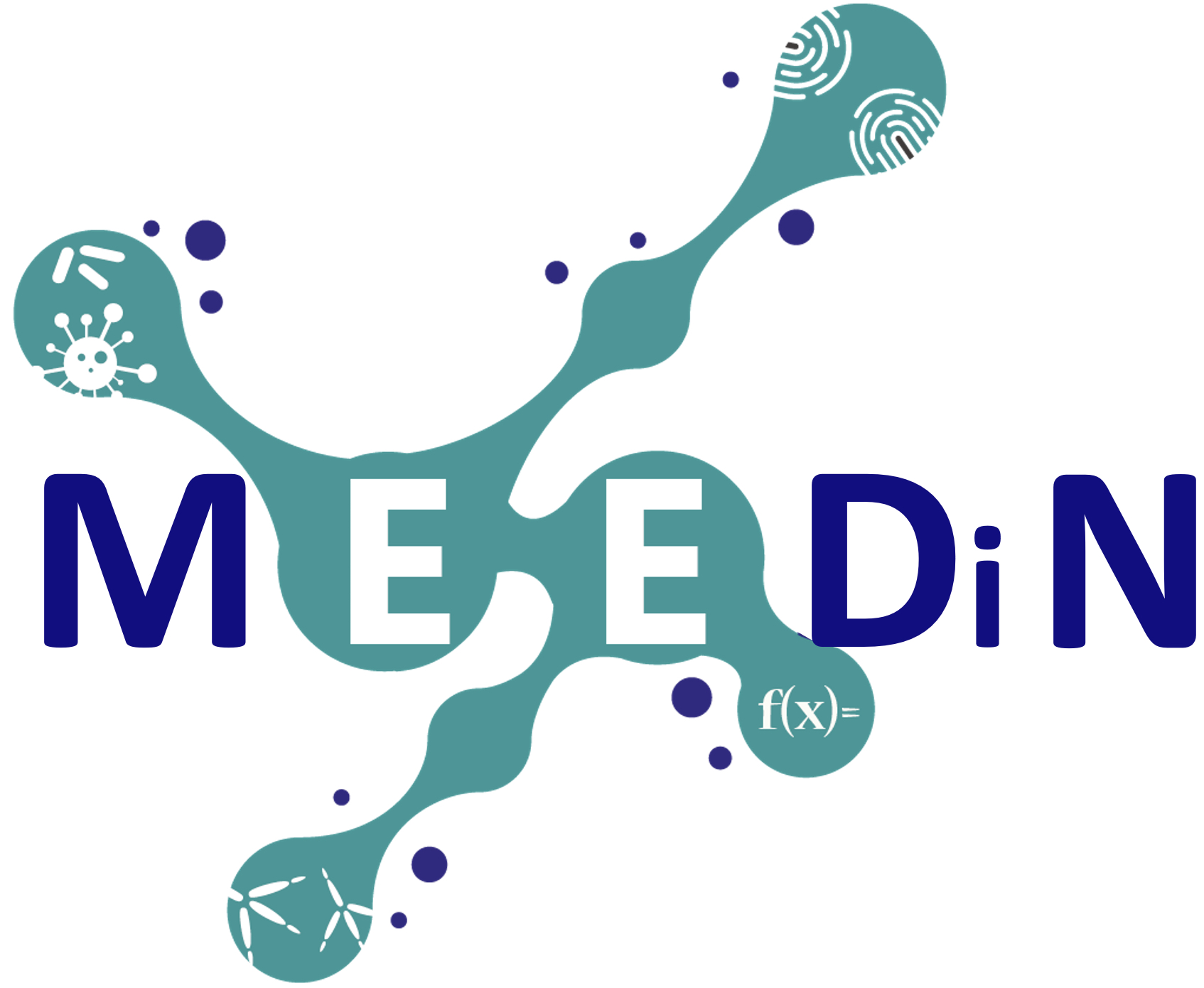
Molecular Ecology
click for abstract ...
Ecological specialization to restricted diet niches is driven by obligate, and often maternally inherited, symbionts in many arthropod lineages. These heritable symbionts typically form evolutionarily stable associations with arthropods that can last for millions of years. Ticks were recently found to harbour such an obligate symbiont, Coxiella‐LE, that synthesizes B vitamins and cofactors not obtained in sufficient quantities from blood diet. In this study, the examination of 81 tick species shows that some Coxiella‐LE symbioses are evolutionarily stable with an ancient acquisition followed by codiversification as observed in ticks belonging to the Rhipicephalus genus. However, many other Coxiella‐LE symbioses are characterized by low evolutionary stability with frequent host shifts and extinction events. Further examination revealed the presence of nine other genera of maternally inherited bacteria in ticks. Although these nine symbionts were primarily thought to be facultative, their distribution among tick species rather suggests that at least four may have independently replaced Coxiella‐LE and likely represent alternative obligate symbionts. Phylogenetic evidence otherwise indicates that cocladogenesis is globally rare in these symbioses as most originate via horizontal transfer of an existing symbiont between unrelated tick species. As a result, the structure of these symbiont communities is not fixed and stable across the tick phylogeny. Most importantly, the symbiont communities commonly reach high levels of diversity with up to six unrelated maternally inherited bacteria coexisting within host species. We further conjecture that interactions among coexisting symbionts are pivotal drivers of community structure both among and within tick species.
Read moreMAIN COLLABORATORS
PHOTO GALLERY
Montpellier
